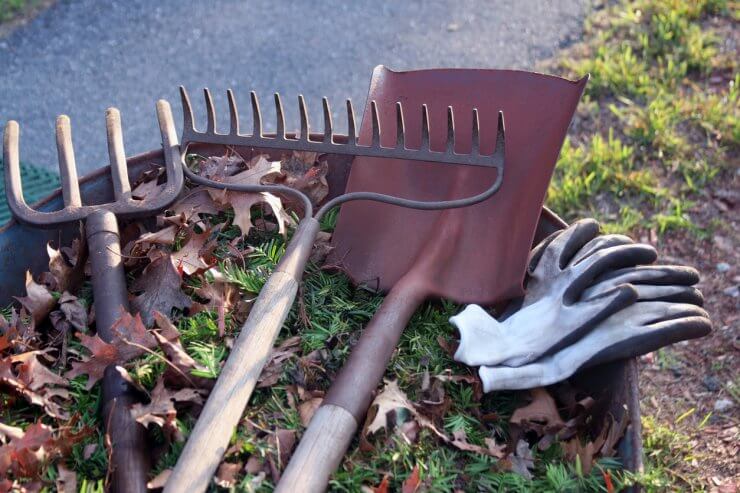
Your backyard should be equally relaxing and productive. As an aspiring food gardener, you should be able to work and then sit down in a beautifully decorated area to admire your handiwork. When it comes time to harvest, you can enjoy the fruits, vegetables, herbs and spices in one of your home’s most intentional and calming spaces. Learn how to create the ideal balance between design and functionality with these tips for beginners.
Research Patio Gardening Basics
For your plants to thrive, you must know about your property’s access to proper growing conditions, including quality sunlight, soil, water and space. You can line your patio and the outskirts with potted and planted vegetation, but everything needs to be nutrient-rich and have as much room to grow as needed.
Walls, barriers and fences will prevent some crops from obtaining the necessary resources. You must cross-reference the needs of the flowers and produce you want to grow with your available space to ensure the plants have the best chance of success. Choosing native crops will enhance the likelihood of supporting pollinators and growing as healthily as possible.
Plan the Layout and Prepare the Patio
With your research in hand, map out the patio and the surrounding area. You can draw where each plant type will go on the layout, visualizing how they will look at their peak growth. Depending on the size and style of your available space, you may need to adjust which plants you grow.
The foundation, decorations and entryways should all be sturdy and climate-resistant. You will be spending a lot of time out there admiring your hard work, so anticipate everything getting a lot of wear and tear. Material choice for outdoor rugs, siding and doors is critical for longevity, especially if you frequently open the patio door to enjoy the garden.
Clean and organize the space to house all your relaxation and gardening needs. This includes less-considered details like drainage. You will water your plants a lot, so it should have somewhere to go to prevent waterlogging the patio.
Gather Necessary Supplies
You won’t need every tool immediately. However, you should acquire everything you need before you plant. These are the most important:
- Protective gear like gloves
- Watering can or hose
- Spade, dibber, rake or other digging tools
- Soil and fertilizer
- Pots
- Trellises and stakes
- Labels
- Pruning shears
You may also want to dedicate a small portion of your patio to a shelving unit or garden caddy to keep everything cataloged and tidy.
Plant the Garden and Create a Watering System
Gather your tools and start planting seeds and potting plants. Over time, you may need to adjust the layout as you learn more about what your chosen varieties need. Full-demand crops need at least six hours in full sun, while lower-maintenance choices may require four or less. This could involve moving a pot from one corner of the patio to another, or moving a row to the opposite side of the backyard.
You will also need a watering system. If you have a hose, this may be sufficient. Watering cans are another accessible option. If you want to embrace more eco-friendly practices, consider adding rainwater barrels to the side of the home to promote water recycling.
Add Comfort and Personalization
Tending to the garden may feel like work, but the patio and backyard should still evoke a comforting ambience. Add cute and cozy seating and a small table to enjoy a cup of coffee while watching the plants soak up the morning sunlight. You can also install small art pieces or sculptures, like windchimes and cushions, to improve the atmosphere. If you add any shading elements, like umbrellas, ensure they aren’t blocking any plants’ sunlight.
Some of the best comforting plant options include herbs like jasmine and lavender, which have delightful scents. Ferns and hydrangeas are ideal for beautifying the area if there are corners with low shade.
Perform Maintenance
Create a schedule so you know when to check on each plant variety. This includes your tomatoes alongside anything lining the patio, like succulents and spices. Set reminders in your calendar or phone to know when to water, fertilize, prune and harvest.
Eventually, it will become a habit, and you won’t need the alerts anymore. Once you reach that point, you will feel more at peace sitting in your beautifully curated space, knowing how much time and attention went into it.
Basking in the Garden’s Glory
Your patio renovation is ready to happen. This checklist will guide you through the most logical steps to make it the most supportive environment for your relaxation and the well-being of your plants. You will see the literal fruits of your labors as you enjoy company on your patio while looking out upon your garden. Get started today, and embrace the joy of continuing to improve it — garden care and education is a rewarding, lifelong journey.



